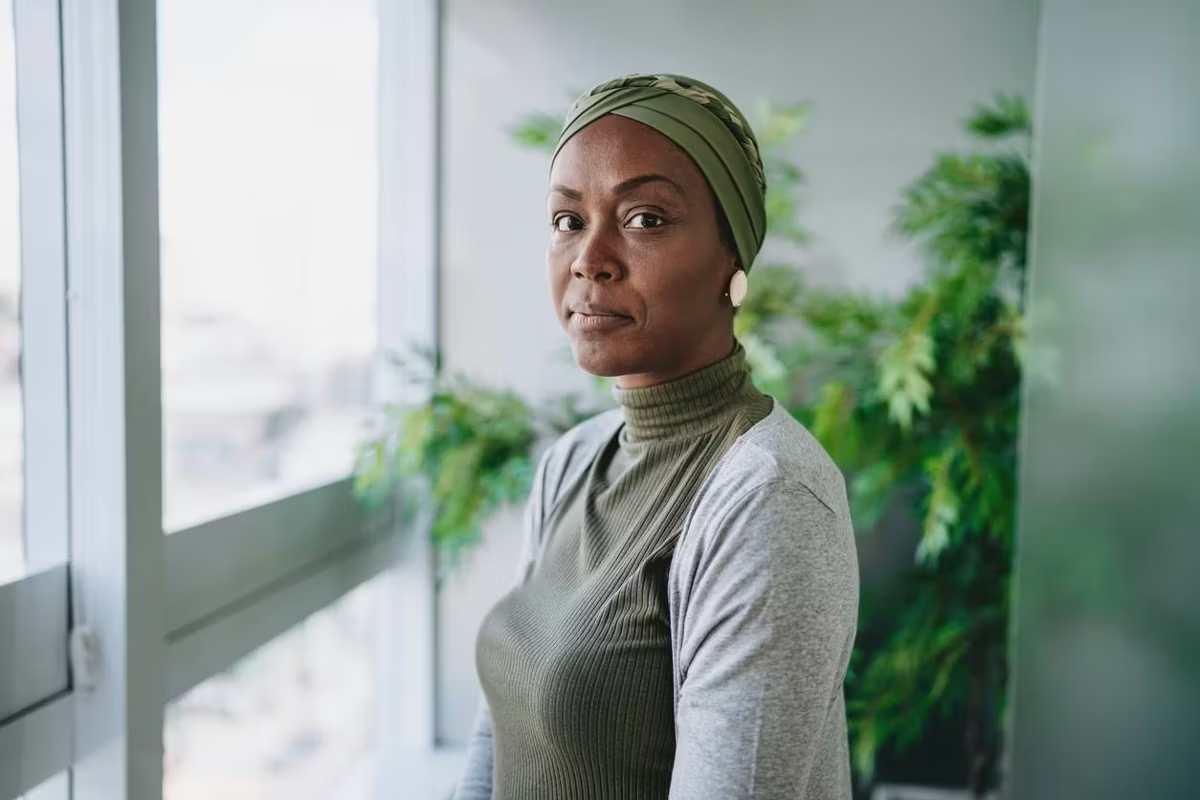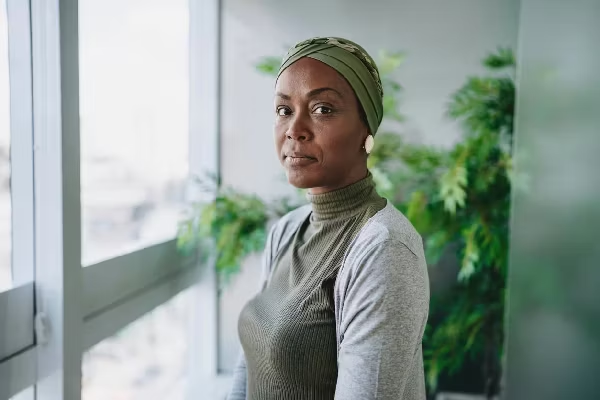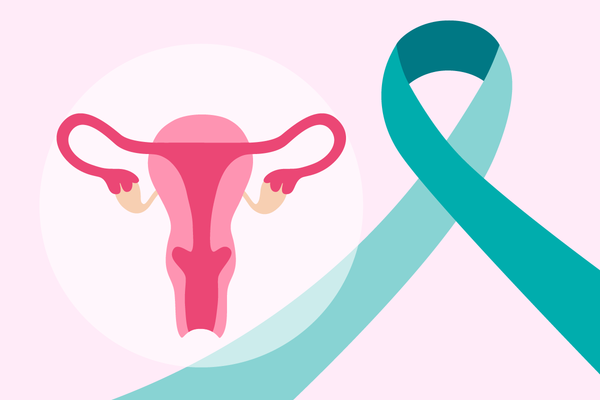Getting through cancer treatment is no easy feat. The intensive therapies, changes to your body and fears about recurrence are all common for women who’ve completed cervical cancer treatment. But recovery doesn’t end when treatment does. Survivors may deal with long-term physical, emotional and sexual changes.
Knowing what to expect after treatment can help you prepare and feel more at ease as you move forward.
Here are 8 things you should know if you’ve had or have cervical cancer.
1. Survivorship can mean adjusting to a “new normal
The emotional, physical and mental toll of treatment can linger long after it’s over. “Many survivors experience fatigue, changes in sexual health, early menopause symptoms and anxiety about recurrence,” said Kathryn Miller, M.D., a board-certified gynecologic oncologist at Capital Women’s Care. “The most important thing to know is that you don’t have to face these challenges alone — we can anticipate many of them and provide treatment or connect you with support early.”
2. Treatment may affect your fertility and reproductive health
Cervical cancer treatments like surgery, radiation and certain chemotherapy drugs can affect fertility. They may damage the ovaries, uterus and cervix — key organs for pregnancy.
The good news is that there are ways to preserve fertility. “For women who still want to have [biological] children, we always try to discuss fertility-preserving options before treatment begins, such as trachelectomy (removal of the cervix but preserving the uterus) or egg/embryo freezing,” Miller said.
3. Lymphedema is worth keeping an eye out for
Lymphedema is swelling that can develop after radiation therapy, pelvic surgery or lymph node removal. It typically appears in the arms and legs, but can also affect other areas of the body.
Lymphedema is a common symptom after cervical cancer treatment, so early recognition is key. “If you notice leg heaviness, tightness or swelling, let your care team know right away — the earlier we address it, the better the outcome,” Miller said.
4. Relationships can shift
A cancer diagnosis can shift dynamics with family, friends and especially partners. Survivors may struggle with emotional and physical intimacy after treatment, which can strain their relationships.
Miller said that open communication is key. “Counseling, whether individual or couples therapy, can make a big difference,” she explained. “Support groups with other survivors can also provide a sense of connection and shared understanding.”
5. Vaginal changes are common — but help is available
Many survivors notice changes in their vagina after treatment. These changes can include dryness, a shorter or narrower vagina, and pain during sex. If you’re feeling discomfort, there are several options you can explore with your healthcare provider (HCP).
These include:
- Vaginal dilators
- Vaginal estrogen
- Lubricants
- Moisturizers
- Pelvic floor physical therapy
“It’s also important to talk openly with your provider about any pain or bleeding — there are solutions, and you don’t have to simply live with it,” Miller added.
6. Ostomies are rare — but be prepared if needed
An ostomy creates an opening (stoma) in your stomach to collect stool or urine in a removable bag. Miller said most cervical cancer survivors won’t need one unless the disease is in the advanced stages or surgery requires the removal of the bladder or rectum.
“If [an ostomy is] necessary, we spend a lot of time preparing patients for what to expect and connecting them with ostomy nurses,” she said. “Many people are able to live full, active lives with an ostomy.”
7. Surgical menopause may occur
Surgeries such as removal of the ovaries (oophorectomy) or removal of the uterus (hysterectomy) can start menopause. This happens when the ovaries or uterus are removed. Miller explained that surgical menopause can lower estrogen and progesterone levels.
This drop can cause symptoms like:
- Hot flashes
- Night sweats
- Mood changes
- Vaginal dryness
- Bone loss
If you notice any of these symptoms, contact your HCP to discuss treatment options. “We work closely with patients to manage these symptoms — sometimes with hormone replacement (if it’s safe for their cancer type), sometimes with non-hormonal medications, and always with lifestyle support to keep bones and heart healthy,” Miller said.
8. Disparities can affect survivorship
Not every survivor gets the same access to care. Factors like racism, lack of access to quality care, socioeconomic status, older age and delayed diagnosis can make recovery more difficult. These challenges often affect low-income survivors and women of color the most.
A study showed that Black and Hispanic women were more likely to be uninsured than non-Hispanic white women. Black women also have the highest death rates and lowest survival rates for a type of cervical cancer called cervical adenocarcinoma.
“As providers, we have a responsibility to recognize these disparities and help remove obstacles by connecting patients with community resources, patient navigation programs and financial counseling,” Miller said. “Every survivor deserves equal access to high-quality care, regardless of background.”
Life after treatment can bring many challenges, but you don’t have to face them alone. If you notice any changes in your emotional, mental or physical health, please reach out to your HCP. They can help you make a personalized treatment plan. This plan will help manage symptoms, support recovery and maintain your quality of life.
This educational resource was created with support from Merck.
- Fast Facts: Here’s What You Need to Know About Cervical Cancer and HPV ›
- What Are Your Treatment Options for Cervical Cancer? ›
- How a Cervical Cancer Diagnosis in My 20s Taught Me How to Live ›
- Is There Sex After Cervical Cancer? ›
- Why Are More Women Being Diagnosed with Cervical Cancer Later? ›





